Rio de Janeiro’s reputation for beach and samba culture may be worldwide, yet Brazilian food shouldn’t be overlooked because this country has some real gastronomical gems. If you have already read my first article about traditional dishes you should try while traveling to Rio de Janeiro (or anywhere in Brazil), you know what I’m talking about. If not, here you are:
WHAT TO EAT AND DRINK IN RIO DE JANEIRO
Let’s see what the other traditional foods you can eat in Rio de Janeiro – Brazil are:
Acai
Acai has the title of one of the most healthy foods, and it has become a refreshing snack everywhere in the world. But long before its full recognition, Acai was a constant ingredient in Brazilian everyday food. On a hot summer day, a bowl of Acai, topped with granola and sliced fruits, is Cariocas’ favorite snack. You can order your Acai bowl in one of the many juice bars in Rio de Janeiro or right on the beach.
Barbecued meat at a Churrascaria
Churrascarias, the traditional barbecue restaurants are very popular in Brazil; this is the place to go when you are starving and if you’re looking for a hearty and generous meal. The meat can be done mal passado (rare), ao ponto (medium), or hem passado (well done) and is served with side dishes and salads.
Best Churrascarias in Rio de Janeiro: Churrascaria Palace, Porcão and Fogo do Chāo.
Eat at a Restaurant por Kilo
In these self-service buffet-style restaurants, you choose your food – there are plenty of Brazilian and exotic dishes to choose from – and you’ll pay by the weight of your plate. The prices depend on the location, but usually, it is very convenient to eat in a Restaurant por Kilo.
Best Restaurants por Kilo in Rio de Janeiro: Frontera, Temperarte, Pampa Grill.
Beach Eats
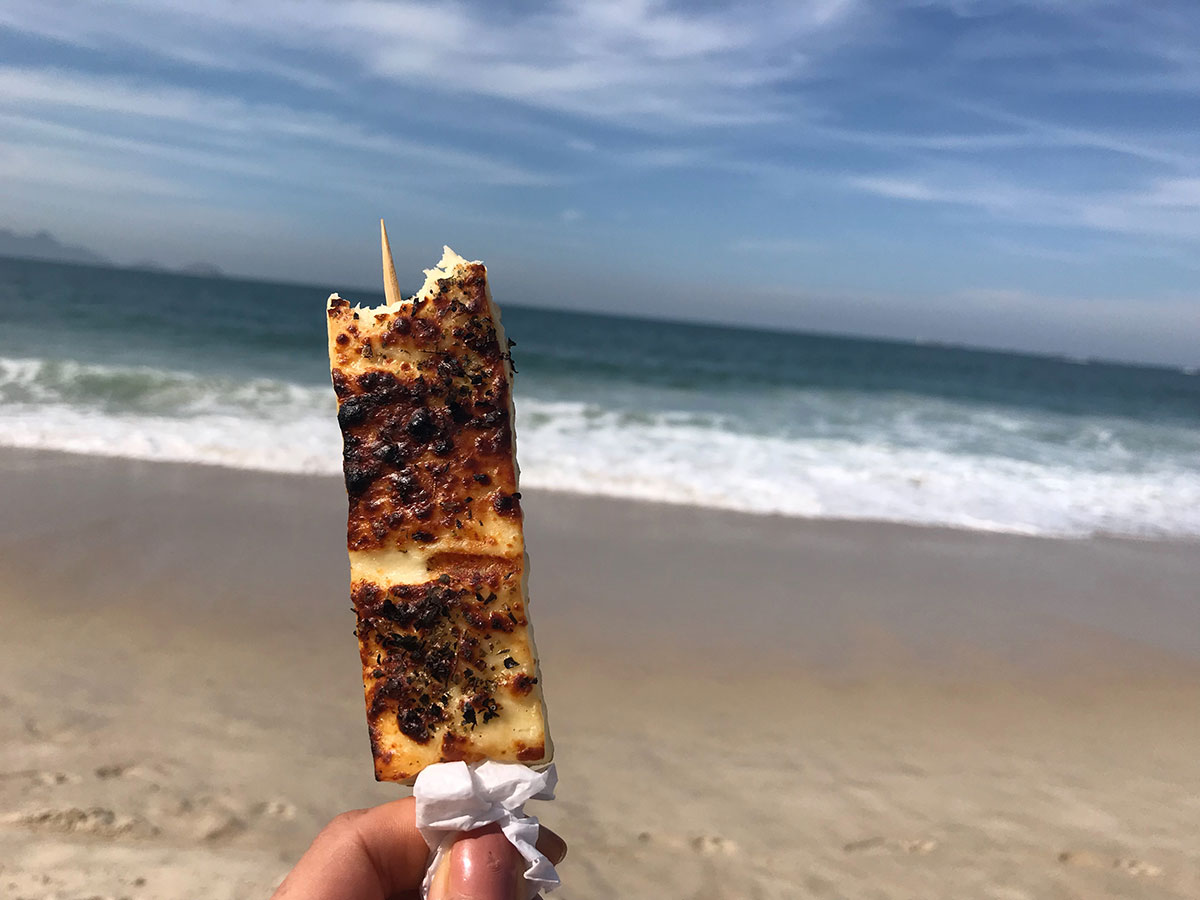
You can go to the beach in Rio de Janeiro without having anything with you because you’ll find everything you need there. Just sit back and relax, and no more than five minutes after you set foot on the sand, a beach vendor will appear and present his offerings: swimsuits, chairs and sun umbrellas, drinks, and, of course, food. Some of the beach eats I loved in Rio de Janeiro: Globo Biscuits (a carioca’s nostalgic sweat), queijo coalho (grilled cheese on a skewer, made just in front of you over a portable grill), Acai (bowls with granola or smoothies), Empanadas (pastries filled with chicken or cheese) and a large selection of Caipirinhas.
READ MORE: Date Shake – the unofficial drink of Palm Springs
Agua de Coco
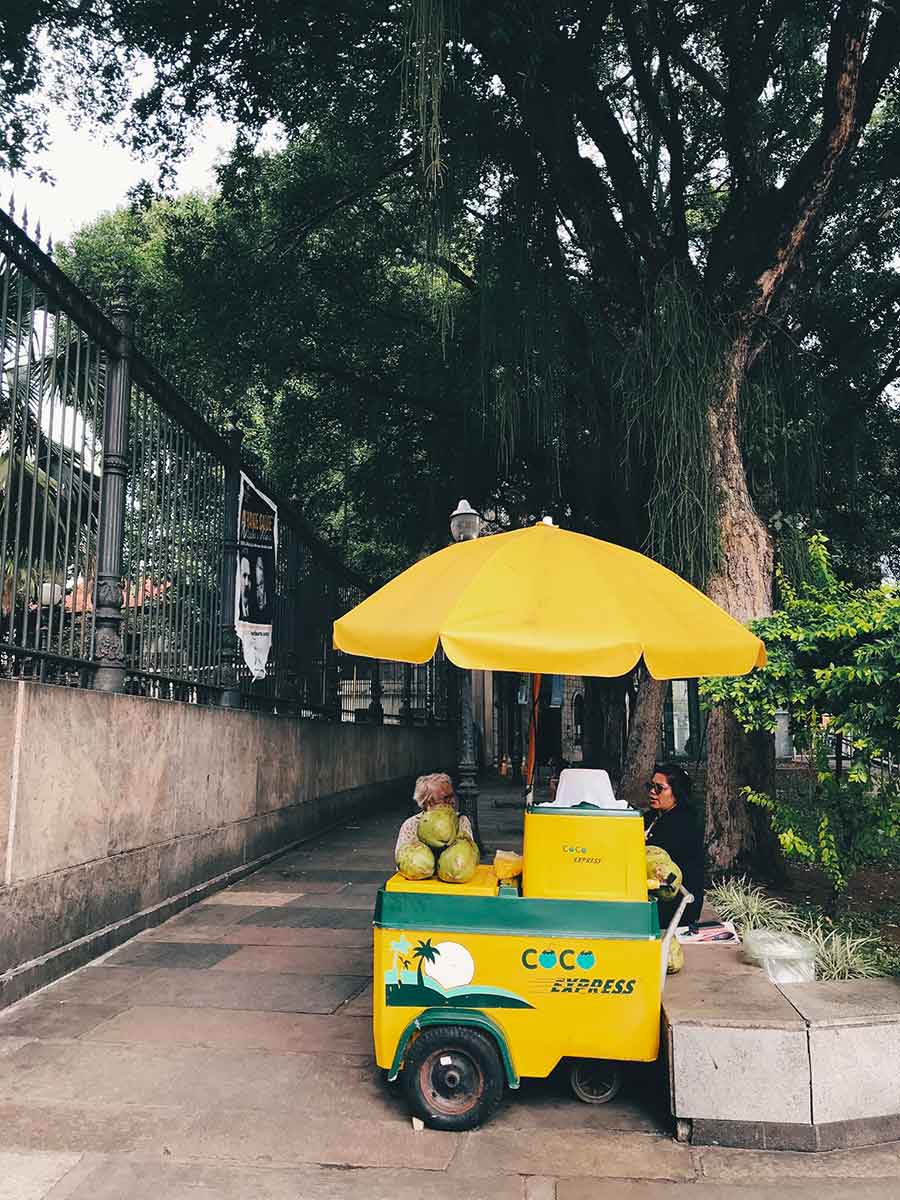
There’s nothing more refreshing than drinking Agua de Coco from the coconut you just bought from a street stand.
READ MORE: Caipirinha – Brazil’s Traditional Cocktail
Moqueca
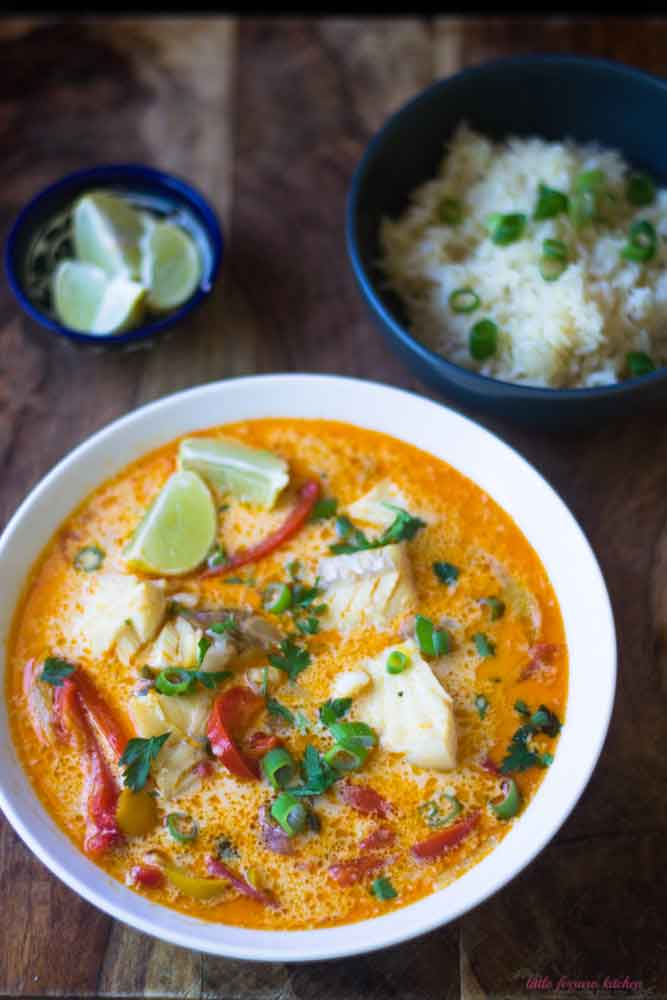
Moqueca is a seafood stew with prawns, vegetables, and coconut oil, originally from Bahia, in the northeastern part of Brazil. This dish is today very popular throughout the country.
Farofa
Together with rice and beans, Farofa is the most common side dish for many Brazilian recipes. It is basically fried cassava flour, and it can be served as it is or mixed with eggs and bacon. Farofa is also the main accompaniment to Feijoada, Brazil’s traditional dish.
Bolo de Leite
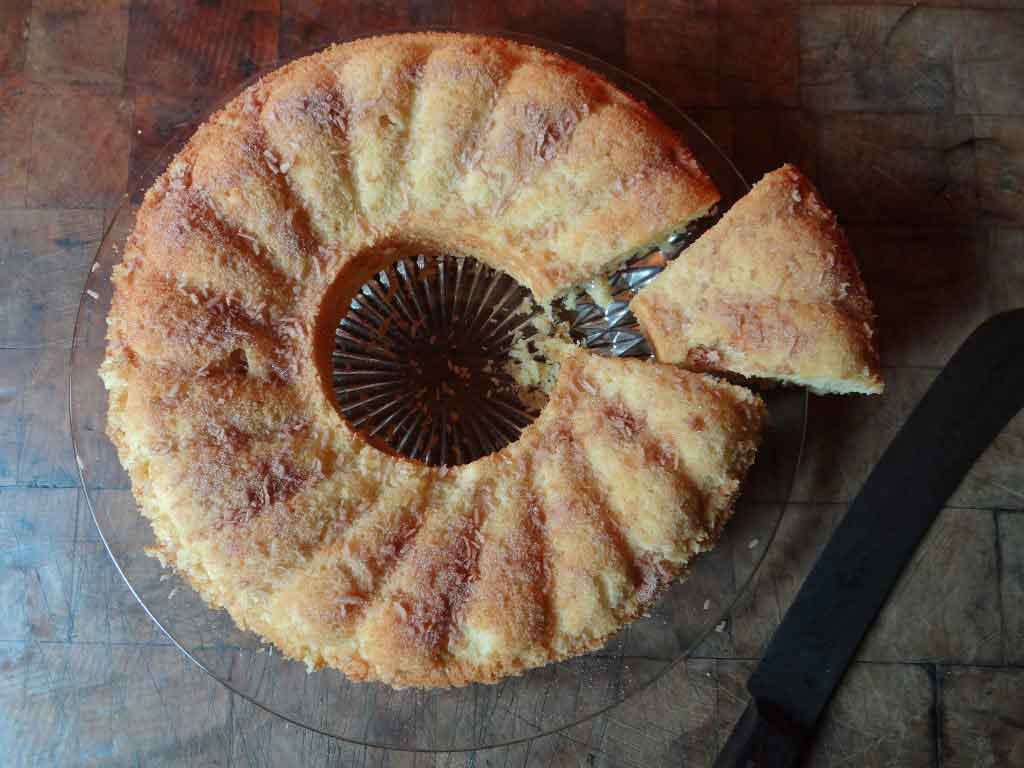
I was at one of the many Vitaminas bars in Copacabana, browsing through the sugary temptations they served along with the smoothies and juices, when a simple white cake caught my eye. Bolo de Leite, which I first thought was a sort of cheesecake, is a dense cake made with condensed milk and only a few other ingredients. It is a Brazilian specialty and can be eaten even at breakfast.
READ MORE: Cinnamon Stars Biscuits – a royal recipe from Buckingham Palace
Pastel de Palmito
Pastel de Palmito is a very popular street food in Brazil, made with hearts of palm and rum. Hearts of palm (palmito) are also sold in jars and can be eaten with a pinch of salt. Because of their high nutritional value, they protect your heart and immune system.
Fish and Lobster
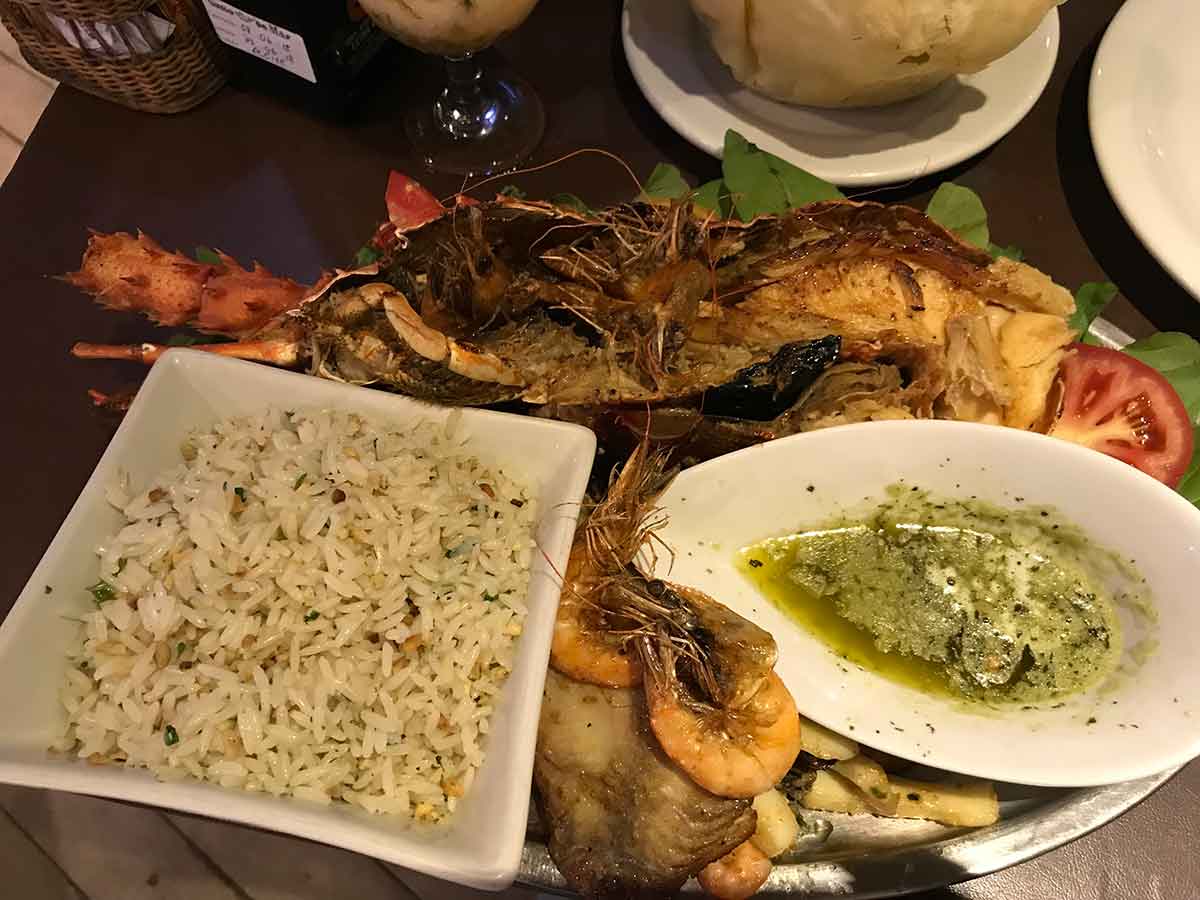
The best Lobster I have ever eaten was in Copacabana, at Gosto do Mar, one of the many small eateries lined up in front of the beach. During the peak season, all these small restaurants can be very touristy, but when they’re not crowded, you can enjoy a great meal the local way.
READ MORE: Rio de Janeiro in 10 days
Romeu e Julieta

Romeo and Juliet is a typical Brazilian dessert, a perfect pairing between cheese (Queijo Minas, from the region of Minas Gerais in Brazil) and guava paste (also called goiabada). It can be eaten on its own, as a snack, or in many desserts like cheesecakes, empanadas, or croissants.
Pin for later:
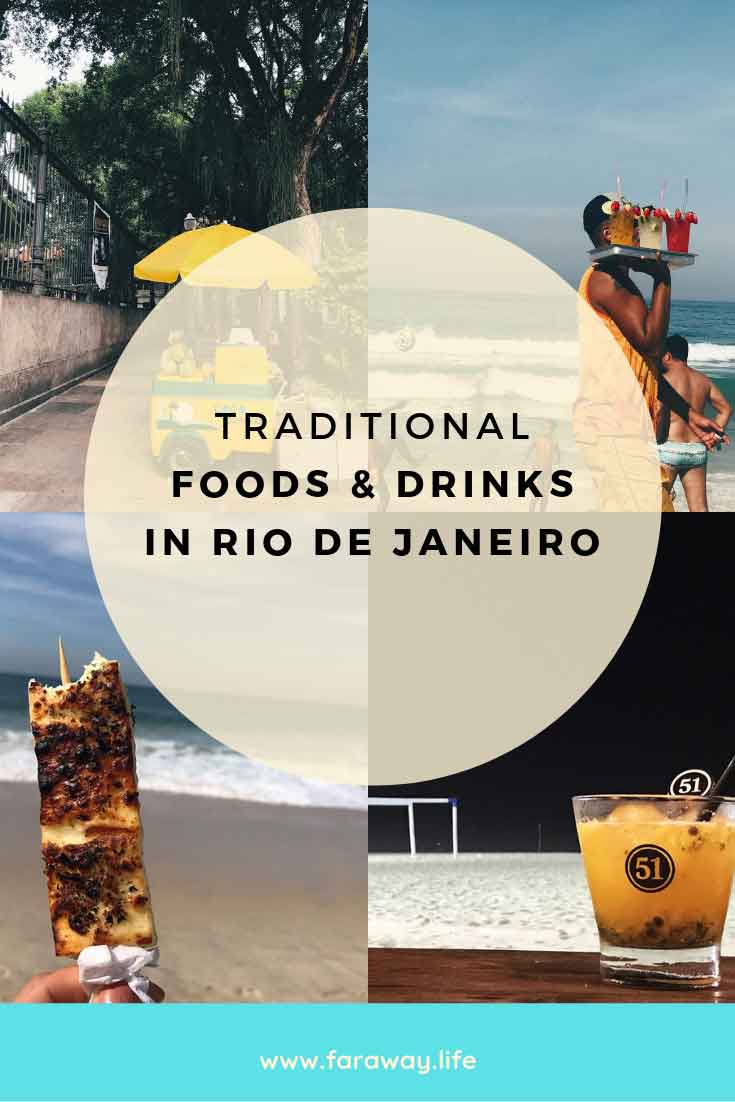
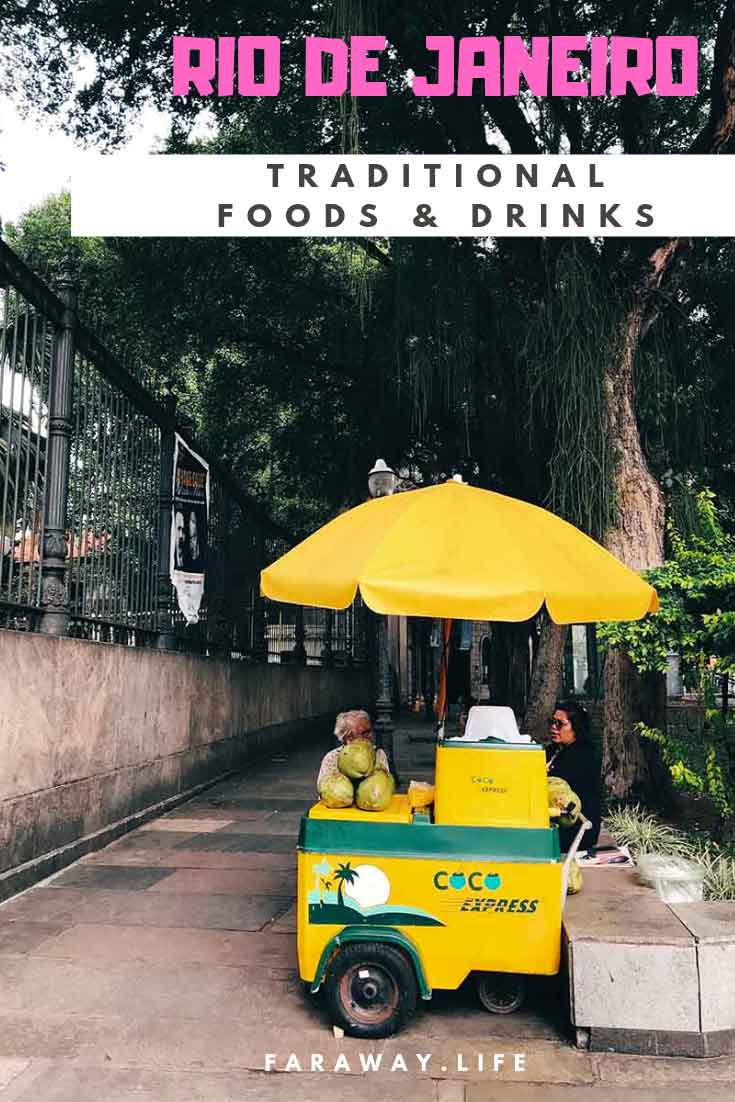


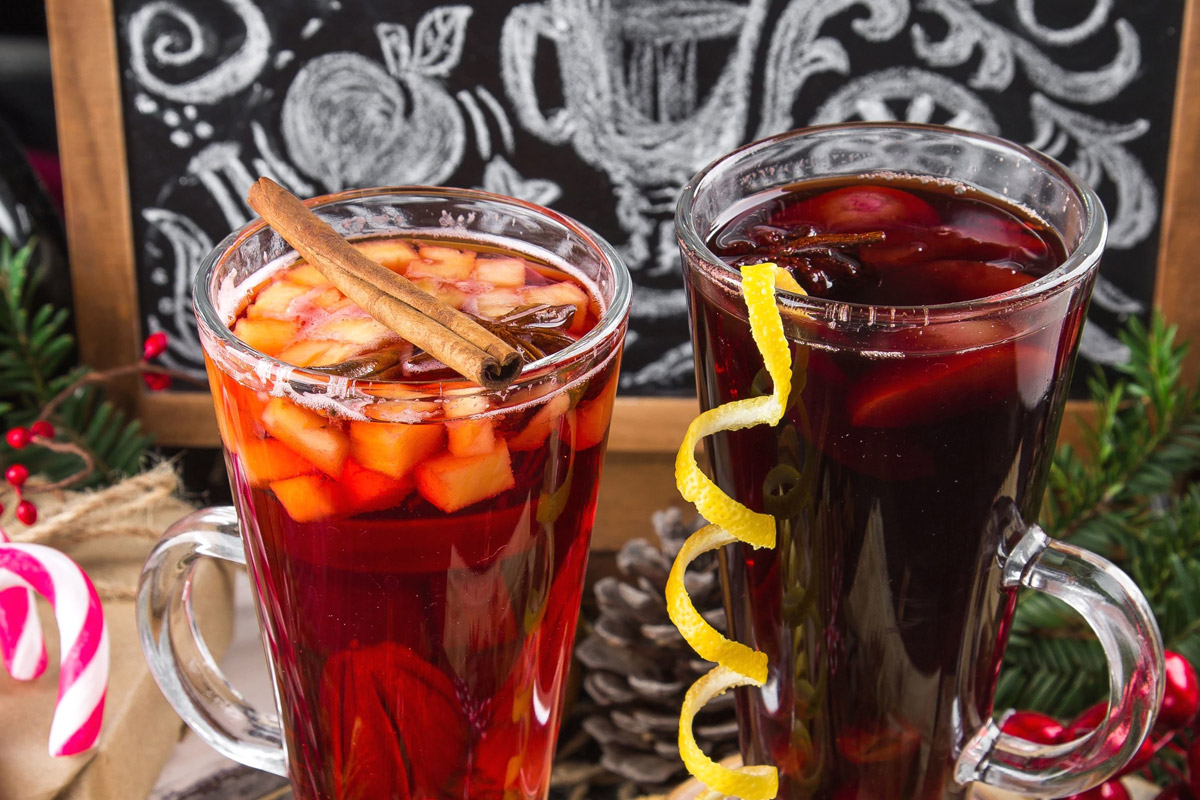

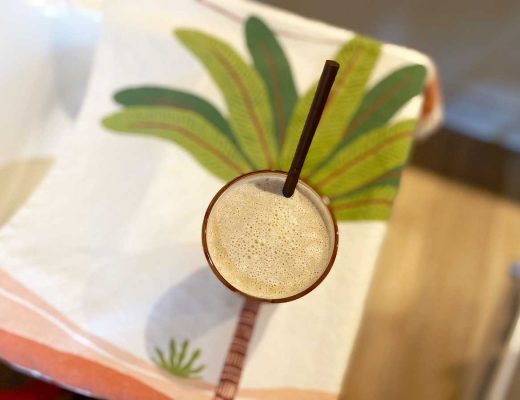
No Comments